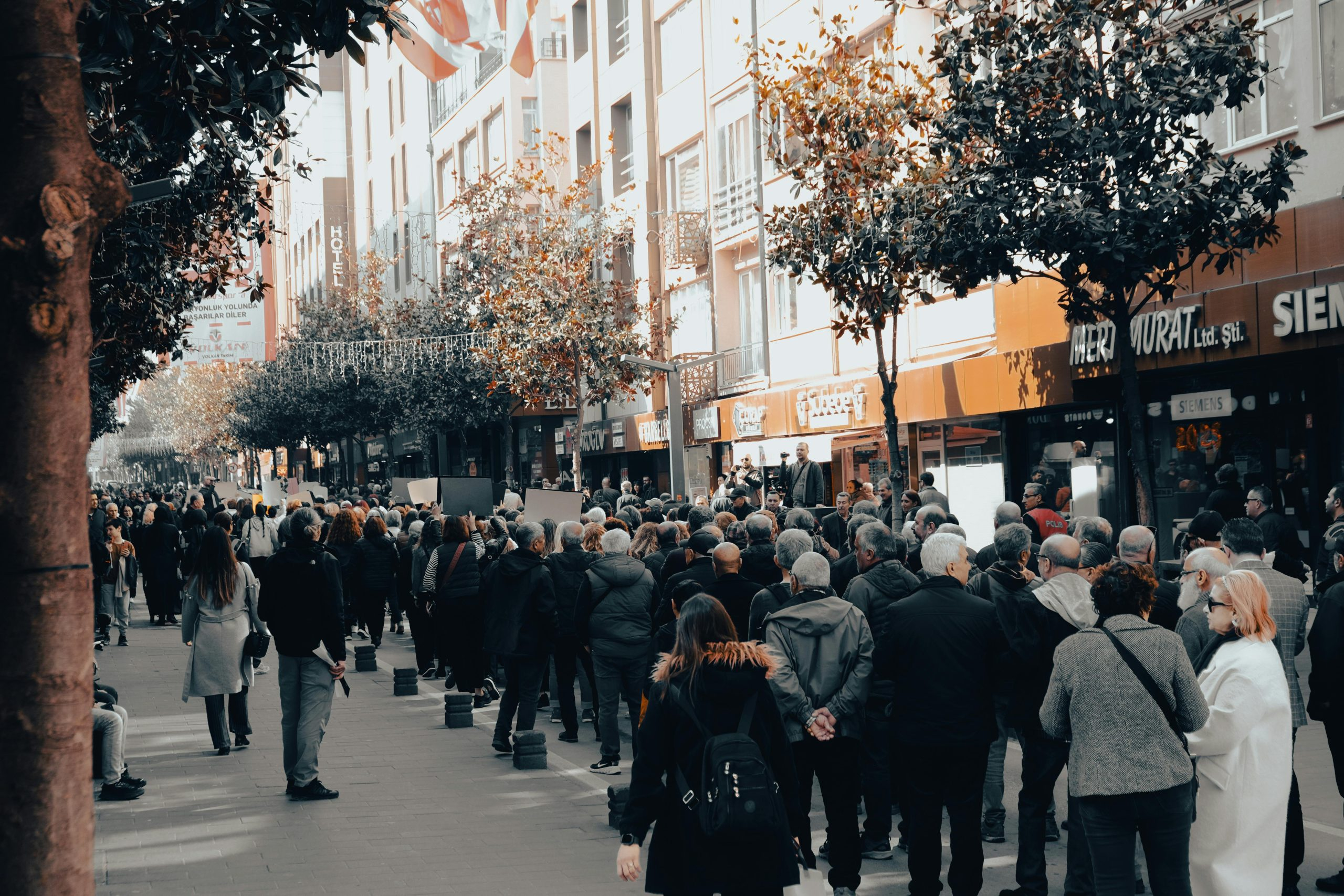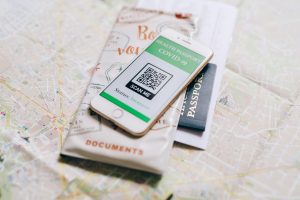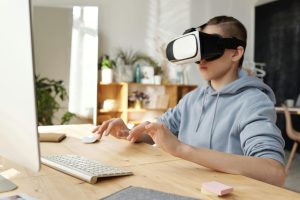Shopping in Smart Cities: How Urban Planning Is Changing Retail
Shopping in smart cities has become a whole new experience with the integration of technology and urban planning. The traditional retail landscape is rapidly changing as cities become smarter and more connected. Urban planning now plays a crucial role in shaping the shopping experience, making it more efficient, convenient, and personalized. In this article, we will discuss how urban planning is transforming retail in smart cities and what it means for consumers and businesses alike.
The Rise of Smart Cities
Smart cities are the future of urban living. They are cities that use advanced technology and data to improve the quality of life for their residents. From transportation and infrastructure to education and healthcare, everything is interconnected and optimized for maximum efficiency. With the increasing population and rapid urbanization, it has become essential for cities to become smarter to meet the changing needs of their citizens.
The Impact on Retail
The rise of smart cities is also impacting the retail sector in a significant way. With the integration of technology and data, shopping in smart cities has become faster, easier, and more personalized. Urban planning is playing a crucial role in creating a seamless shopping experience for consumers.
Efficient Transportation and Logistics
One of the biggest challenges in traditional shopping has always been transportation and logistics. With the growth of e-commerce, the demand for fast and reliable delivery has increased. Smart cities are using advanced transportation systems like drones and self-driving vehicles to make deliveries faster and more efficient. Urban planners are also using data to optimize routes for delivery trucks and reduce traffic congestion, making it easier for businesses to deliver goods to customers.
The Rise of Micro-Distribution Centers
Micro-distribution centers are becoming more popular in smart cities. These are smaller warehouses located closer to residential areas, enabling faster and more cost-effective delivery. They also reduce the need for large delivery trucks, which contribute to traffic congestion and air pollution. With micro-distribution centers, businesses can cater to the increasing demand for same-day and next-day deliveries, providing a more convenient shopping experience for consumers.
Personalization and Data Analytics
Thanks to the integration of technology, retail in smart cities has become more personalized. By using data analytics, retailers can gain insights into consumer behavior and preferences, allowing them to tailor their offerings and create a more personalized shopping experience. For example, a consumer walking into a store in a smart city may receive personalized offers and product recommendations based on their past purchases or browsing history. This not only makes the shopping experience more convenient but also increases customer satisfaction and loyalty.
Creating Multimodal Retail Spaces
The concept of multimodal retail spaces is gaining popularity in smart cities. These are spaces that combine traditional retail stores with entertainment, dining, and other amenities. Urban planners are creating these spaces strategically, considering factors like foot traffic, accessibility, and consumer behavior. This not only creates a more vibrant and engaging environment for consumers but also increases revenue for businesses.
The Future of Retail in Smart Cities
As technology continues to evolve, so will the retail experience in smart cities. We can expect to see more sophisticated and innovative solutions that will enhance the shopping experience for consumers and streamline processes for businesses. From cashier-less stores to augmented reality shopping, the possibilities are endless. And it’s all thanks to urban planning and the integration of technology in creating smarter cities.
Challenges and Considerations
Of course, with every change comes some challenges and considerations. As retail in smart cities becomes more reliant on technology, there will be a need for cybersecurity measures to protect sensitive data. There may also be concerns about the impact on traditional brick-and-mortar stores and smaller businesses. Urban planners must carefully strategize and balance the benefits of technology with the needs of all stakeholders involved.
The Bottom Line
In conclusion, shopping in smart cities is a whole new experience, thanks to the integration of technology and urban planning. Consumers can expect a more efficient, personalized, and convenient shopping experience, while businesses can benefit from increased revenue and streamlined processes. As technology continues to advance, we can expect to see more innovative solutions that will shape the future of retail in smart cities.











